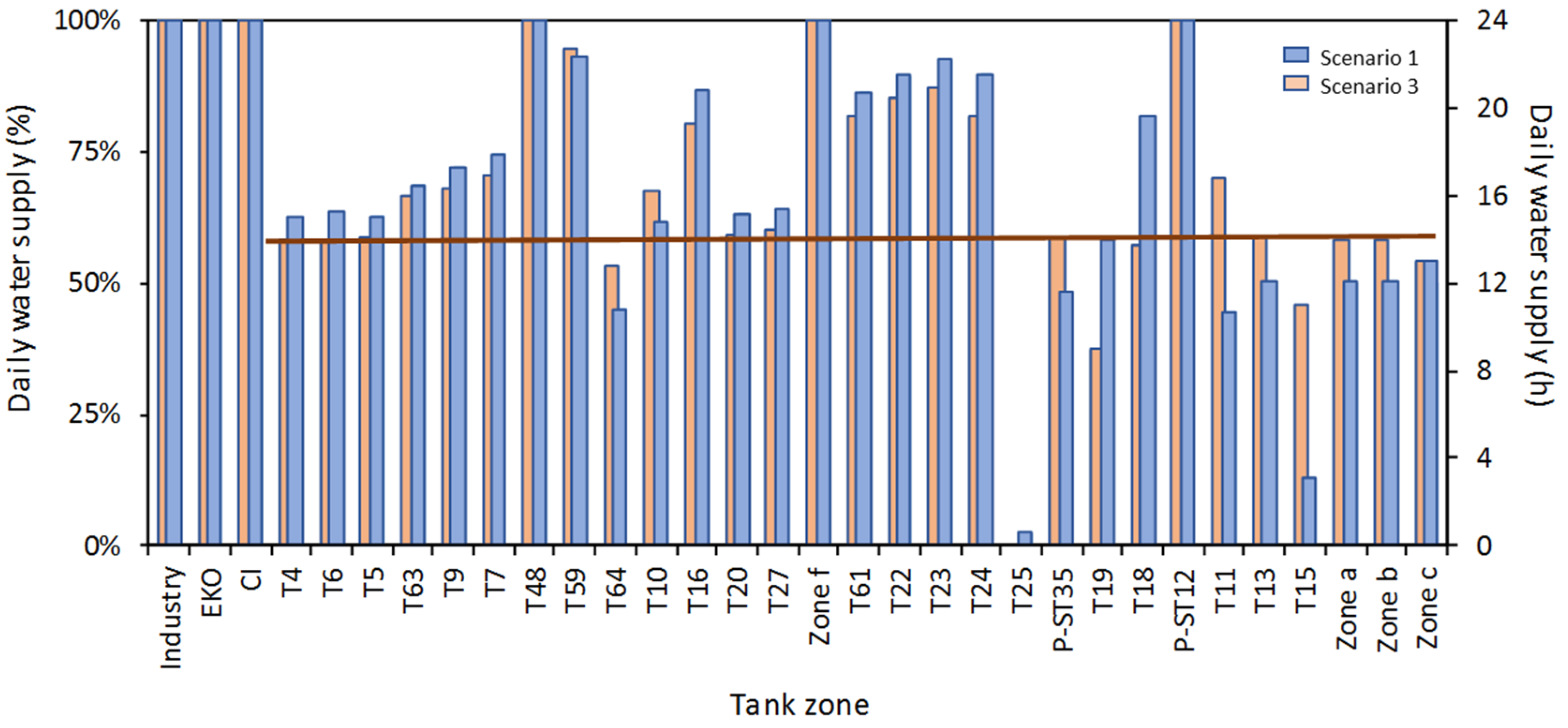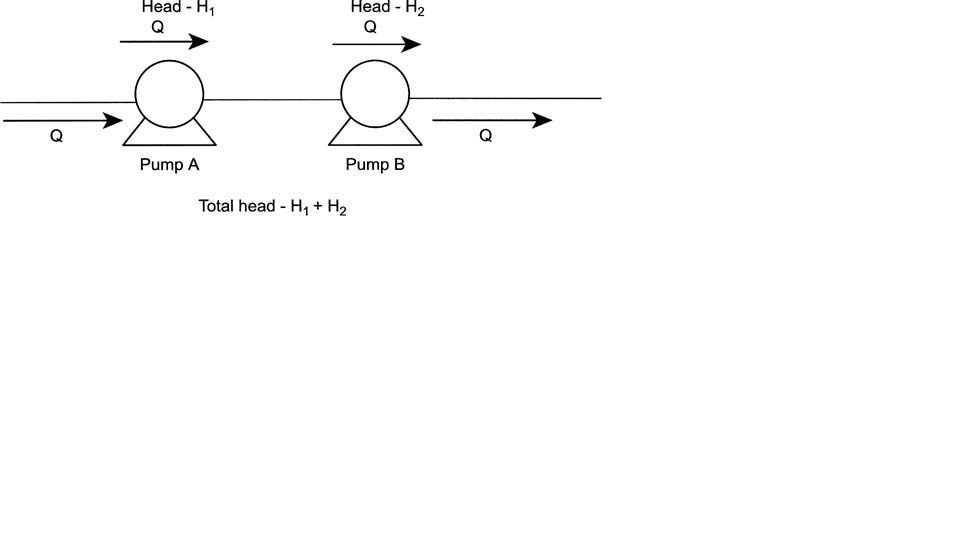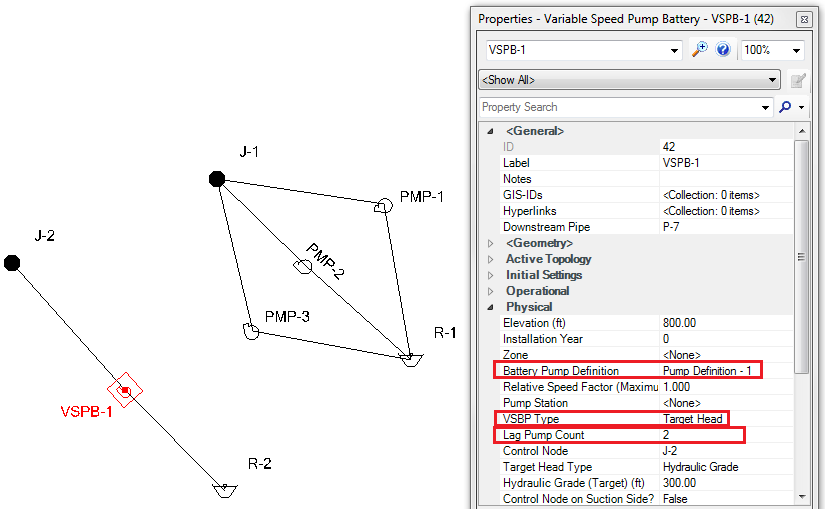
- #Watergems tutorial 1 three pumps in parallel how to
- #Watergems tutorial 1 three pumps in parallel drivers
- #Watergems tutorial 1 three pumps in parallel driver
Incorrectly, many operators expect that flow will double if two pumps are running in parallel. When the system resistance is relatively flat (not much friction), operating additional pumps in parallel will produce a useful flow increase. This may be a good or a bad thing depending on what you are trying to achieve. If your system is mostly friction resistance (a steep system curve) such as a closed loop circuit or a lengthy pipeline, then performance variation will be minimal. mostly static difference in levels and minimal pipe friction, then operating pumps in parallel will provide a useful performance variation. If your system curve is relatively “flat” ie. If the aim is to increase and decrease system flow by operating one, two or more pumps in parallel to meet changing demand then it is important to understand the type and limitations of your system. This depends on what you are trying to achieve. Will parallel operation suit your system?
#Watergems tutorial 1 three pumps in parallel drivers
Pumps using different drivers such as a steam turbine driven pump operating in parallel with an electric motor driven unit may operate at sufficiently different speeds to cause mismatch of pump curves at low flow. If one pump has had more use and is worn, its curve may no longer match the other pumps. Be aware of minor performance variations that may change the suitability of otherwise well matched pumps. Pump curves that are very flat at low flow are prone to wide flow variations with minor changes in head and may make load sharing difficult. See Fig 4.Ĥ.


In this scenario, the pump with the lower head will be stalled, and assuming that a non return valve has been fitted, it will be running at closed valve with all the attendant risks and damage.

Because Pump ‘A’ has a higher head at zero flow, this pump will overpower Pump ‘B’ at low system flows. In this example, the Pump curves used are not identical and this highlights a likely serious operating problem. This is illustrated in Fig 2 below :Īs with any pumping system, the system will operate where the combined curve intersects the system curve. To predict the system performance, a combined curve for all pumps can be produced by adding the individual flows from each pump curve at a common head. The total flow is the sum of the individual pump flows. This means that each pump will have the same differential head. “Parallel” operation means that two or more pumps are operating with common inlet and outlet systems.

We will discuss selection rules for parallel operation and then look at how different system characteristics react to parallel pump operation.
#Watergems tutorial 1 three pumps in parallel how to
To begin, we will define parallel operation and outline how to predict system performance when two or more pumps are operated in parallel. These preceding concepts are absolutely crucial to understanding many of the issues associated with operating pumps in parallel. We also discussed the importance of understanding your system and, in particular, how the system will only operate where the pump curve intersects the system curve, and the differences between “steep” system curves and “flat” system curves. In our last article Stable & Unstable Curves, we looked at what makes a centrifugal pump curve “stable or “unstable”. Simply running an additional pump in parallel may not provide the expected results.
#Watergems tutorial 1 three pumps in parallel driver
For very large projects, limited availability of sufficiently large pumps or limits on driver size or electrical starting current may dictate the use of multiple pumps. Centrifugal pumps are frequently operated in parallel to achieve higher system flows, to enhance system flexibility or to provide greater pump redundancy and hence better system availability.


 0 kommentar(er)
0 kommentar(er)
